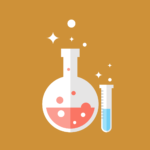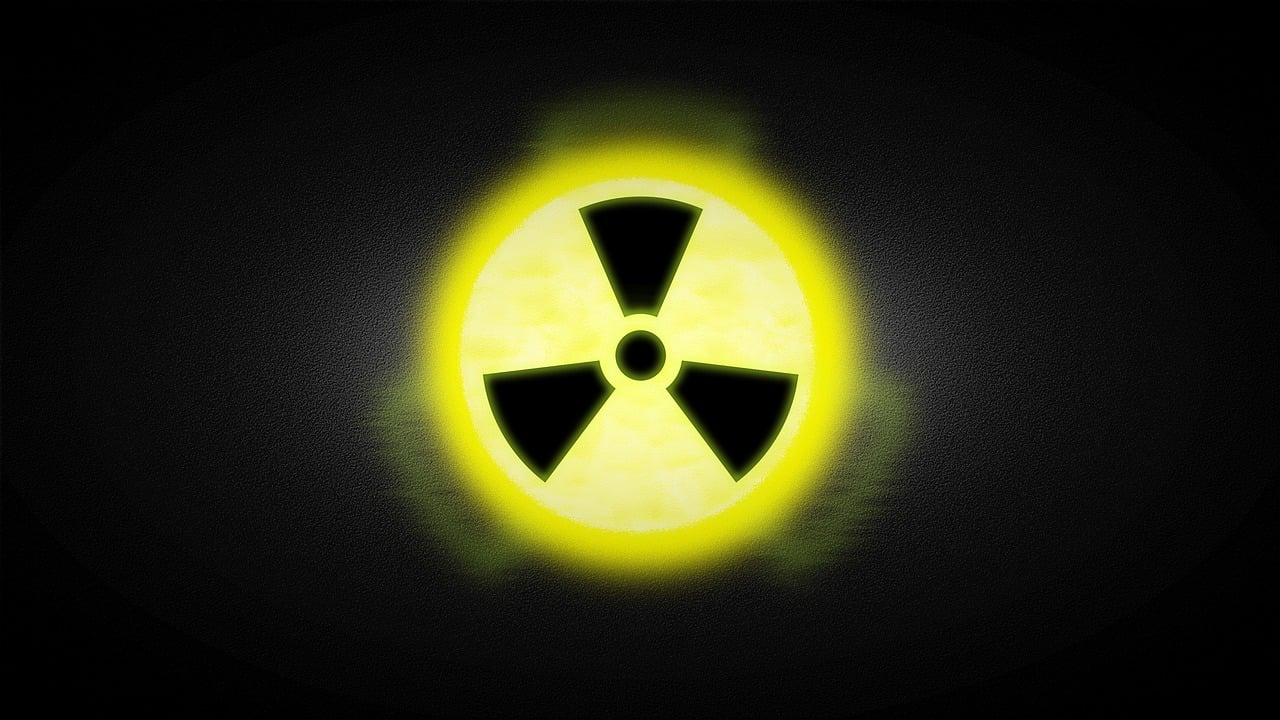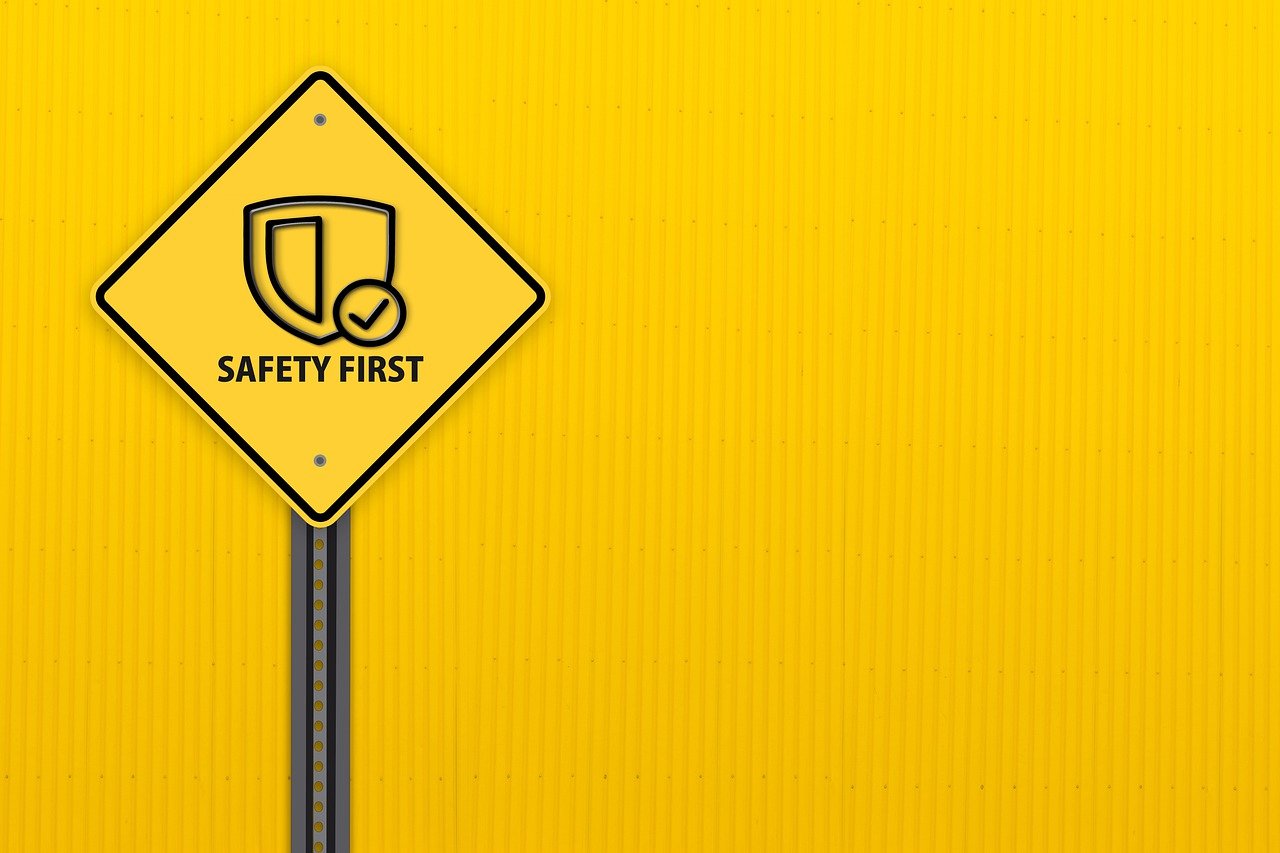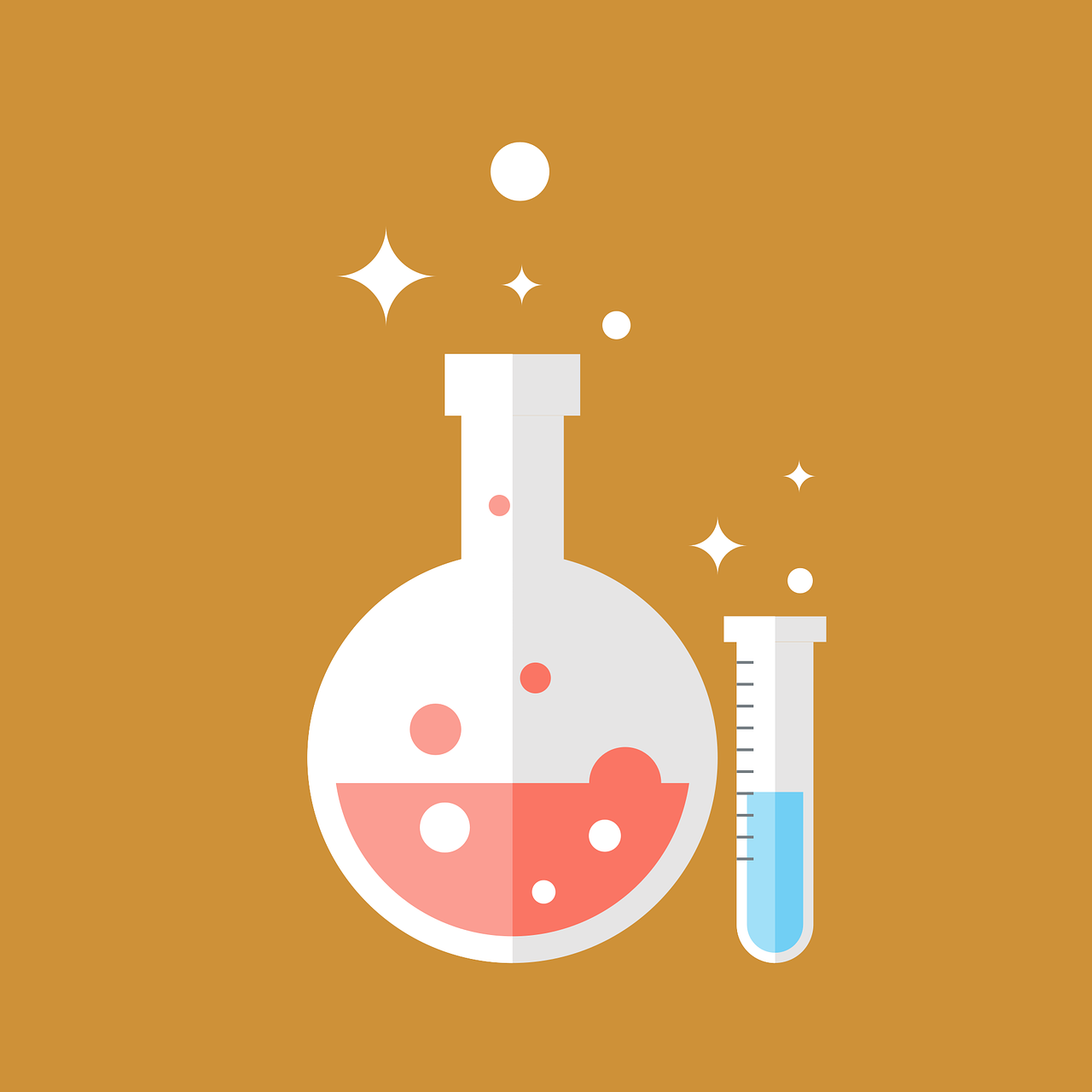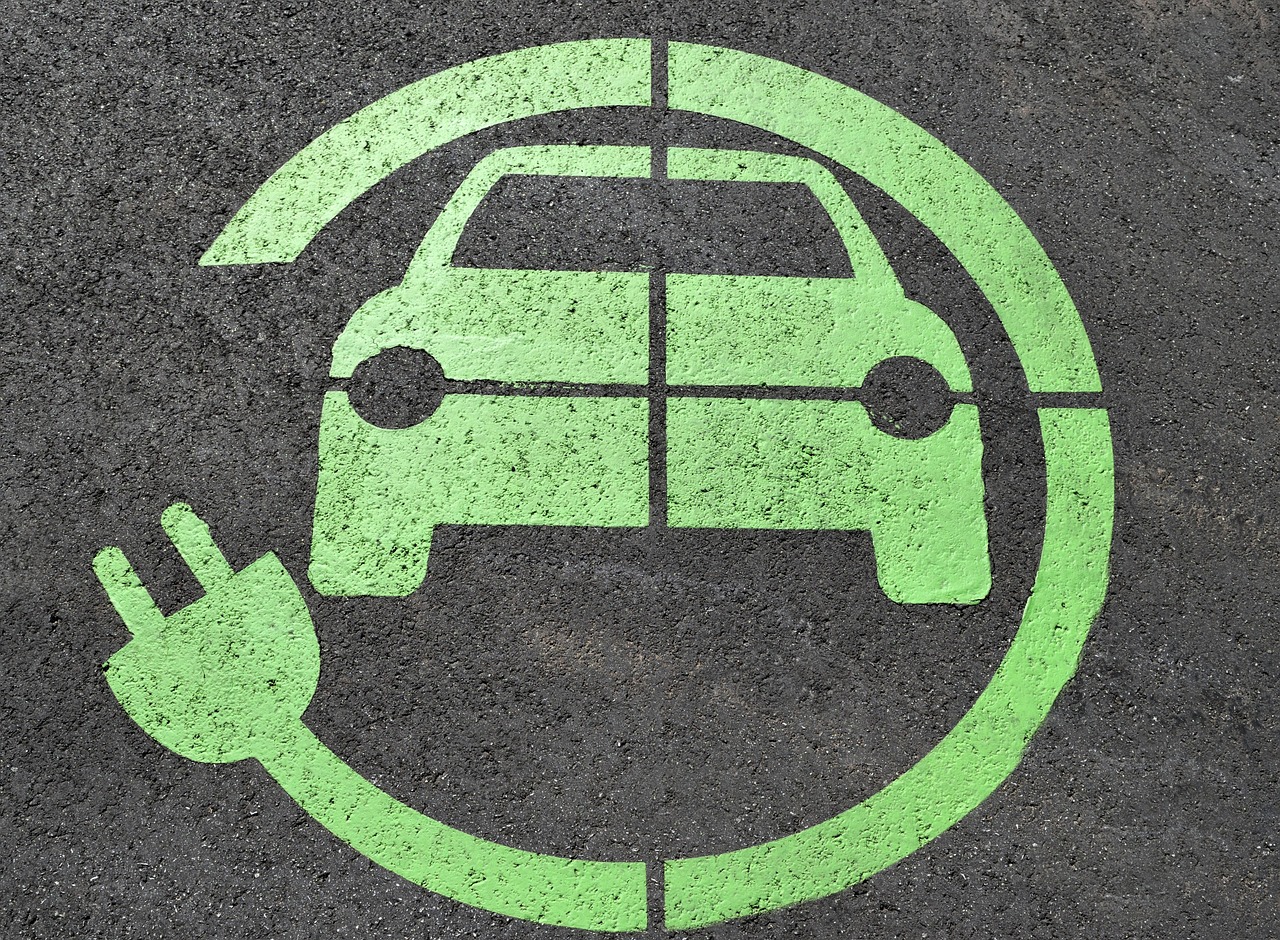Chemical engineering has long been a cornerstone of industrial development, focused on transforming raw materials through controlled chemical, physical, and biological processes into valuable products. Traditionally, chemical plants relied on centralized control systems, manual oversight, and fixed workflows. However, rapid advancements in digital technology, artificial intelligence (AI), and decentralized computing are now transforming this landscape profoundly.
Among the key technological breakthroughs reshaping chemical engineering today are Multi-Agent Systems (MAS) and AI-driven workflow automation. By combining the autonomy and flexibility of MAS with the intelligence and efficiency of AI automation, chemical plants are evolving into highly adaptive, resilient, and optimized environments.
This article explores the concepts behind MAS and AI workflow automation, their interplay, practical applications in chemical engineering, challenges faced in implementation, and prospects for the future.
What Are Multi-Agent Systems (MAS)?
Multi-Agent Systems (MAS) are computational frameworks composed of multiple autonomous agents—software or hardware entities—that interact within an environment to achieve individual or collective goals. Each agent is capable of independent decision-making based on local information, while also communicating and coordinating with other agents to solve complex problems.
Core Characteristics of MAS
Autonomy: Each agent operates independently, without centralized control, making decisions based on its programming and perceived environment.
Social Ability: Agents communicate, cooperate, or compete with other agents to achieve tasks more efficiently.
Reactivity: Agents can sense and respond to environmental changes or inputs in real time.
Proactiveness: Beyond reactive responses, agents take initiative to pursue their goals and adapt strategies.
In the context of chemical engineering, MAS can represent various components of a plant—sensors, actuators, control units, reactors, or even software modules—each acting as an agent managing its local domain but coordinating for system-wide objectives.
Understanding AI Workflow Automation in Chemical Engineering
AI workflow automation involves applying artificial intelligence techniques to automate multi-step processes that traditionally require human intervention or scripted operations. In chemical engineering, these workflows can include:
Data acquisition and preprocessing: Collecting sensor data and cleaning it for analysis.
Process modeling and simulation: Building predictive models of chemical reactions and unit operations.
Optimization: Adjusting operational parameters to maximize yield, minimize energy consumption, or reduce waste.
Monitoring and anomaly detection: Continuously observing system performance and detecting deviations.
Maintenance scheduling: Predicting equipment failures and automating repair workflows.
Decision support: Assisting human operators with actionable insights.
By automating such workflows with AI algorithms—such as machine learning for pattern recognition, reinforcement learning for adaptive control, and natural language processing for interpreting operator inputs—chemical plants can achieve higher efficiency, safety, and adaptability.
The Synergy Between MAS and AI Workflow Automation
When combined, MAS and AI workflow automation form a powerful paradigm for managing the inherent complexity of chemical plants:
Decentralized Control with Intelligent Automation
MAS brings decentralized control where agents independently monitor and control their assigned subsystems. This contrasts with traditional centralized control systems prone to single points of failure. AI automation enhances these agents with intelligence, enabling them to perform complex tasks such as adaptive optimization and fault prediction without human intervention.
Scalability and Flexibility
Chemical plants vary widely in size and complexity, from small batch reactors to sprawling continuous processes with thousands of sensors. MAS architectures scale naturally by adding or removing agents as needed. AI automation embedded in agents allows workflows to adapt dynamically to changing conditions or objectives, ensuring system-wide flexibility.
Robustness and Fault Tolerance
Distributed agents operating autonomously can continue functioning even if other parts of the system fail, enhancing plant resilience. AI-driven workflows enable agents to detect anomalies early and take corrective actions, further improving fault tolerance.
Collaborative Problem-Solving
Agents can communicate to negotiate resource sharing, prioritize tasks, or jointly optimize performance metrics, creating a collaborative ecosystem. AI enables this collaboration by facilitating learning and decision-making based on shared data.
Practical Applications in Chemical Engineering
1. Process Control and Optimization
In modern chemical plants, process control is critical to maintaining product quality and operational safety. MAS can decentralize control by assigning agents to individual units such as reactors, heat exchangers, or separation columns. These agents continuously monitor process variables and adjust parameters to maintain optimal conditions.
AI enhances this by automating workflow steps such as model updating, predictive maintenance scheduling, and dynamic optimization. For instance, reinforcement learning agents can adapt control strategies based on real-time feedback, outperforming static control laws.
2. Smart Manufacturing and Industry 4.0
Industry 4.0 refers to the integration of cyber-physical systems, IoT devices, and advanced analytics to create smart factories. MAS facilitates this by enabling heterogeneous devices—sensors, robots, automated guided vehicles—to operate as intelligent agents within a coordinated network.
AI-driven workflow automation manages complex production workflows, from raw material receipt through reaction, purification, and packaging. This reduces bottlenecks, minimizes energy consumption, and enhances yield predictability.
3. Fault Detection, Diagnosis, and Maintenance
MAS can assign agents to monitor specific equipment, tracking sensor data for signs of degradation or failure. These agents communicate abnormalities and collaborate to isolate fault sources.
AI models trained on historical failure data automate fault diagnosis and recommend maintenance actions. Predictive maintenance workflows can then be scheduled autonomously, reducing unplanned downtime and maintenance costs.
4. Supply Chain and Resource Management
Chemical manufacturing is deeply intertwined with supply chain logistics. MAS can represent suppliers, storage facilities, transport units, and production schedules as agents, dynamically negotiating procurement, inventory levels, and delivery timings.
AI automates demand forecasting, price optimization, and supplier evaluation workflows, enabling the supply chain to respond rapidly to market fluctuations and disruptions.
Challenges in Implementing MAS and AI Workflow Automation
Despite their promise, several challenges remain:
Integration with Legacy Systems
Most chemical plants operate legacy control systems that are not designed for decentralized, agent-based operation or AI-driven automation. Integrating new MAS and AI layers without disrupting operations requires careful engineering and hybrid architectures.
Security and Trust
Distributed agent networks increase the attack surface for cyber threats. Ensuring secure communication, authentication, and trustworthiness of agents is vital, especially for critical infrastructure.
Data Quality and Interoperability
AI models depend on high-quality data. Inconsistent or missing data, sensor faults, or incompatible data formats can degrade performance. Standardized protocols and robust data validation methods are needed.
Explainability and Human-Agent Collaboration
Chemical plants are safety-critical environments requiring transparent decision-making. AI and MAS decisions must be interpretable so operators can trust and effectively collaborate with automated systems.
Future Outlook
Ongoing research and development focus on:
Hybrid models: Combining first-principles chemical engineering simulations with data-driven AI to improve model accuracy and generalizability.
Adaptive MAS architectures: Designing agents capable of self-reconfiguration in response to changing plant configurations or objectives.
Human-in-the-loop systems: Enhancing collaboration between human operators and autonomous agents through intuitive interfaces and shared control.
Edge computing and IoT: Deploying MAS and AI workflows closer to sensors and actuators for real-time responsiveness.
Standards and protocols: Developing open standards for MAS communication and AI model integration to foster interoperability.
As these technologies mature, chemical plants will evolve into intelligent, autonomous systems capable of self-optimization, predictive maintenance, and rapid adaptation to new products or market demands.
Conclusion
Multi-Agent Systems and AI workflow automation represent a transformative leap forward in chemical engineering. By decentralizing control and embedding intelligence into plant operations, they unlock unprecedented levels of flexibility, efficiency, and resilience.
The marriage of MAS’s autonomous, collaborative agents with AI’s ability to automate complex workflows offers chemical engineers new tools to meet the challenges of a rapidly changing industrial landscape—enabling smarter plants, safer operations, and sustainable production.
For chemical engineers, embracing MAS and AI workflow automation is not just an opportunity but an imperative to drive innovation and competitiveness in the 21st century.



